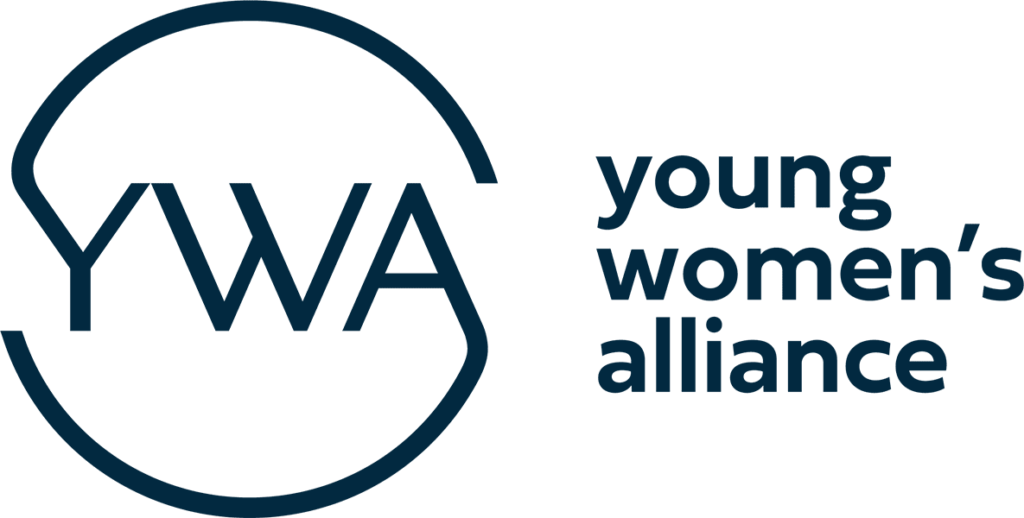

In the 2020-2021 academic year, 88,778 US students were enrolled in MBA programs, with 45,038 studying in online programs and 43,740 in full-time programs (Forbes, 2022). More women have begun studying for MBAs in recent years, comprising 41% of the 2022 enrollment for the 56 top Forté Foundation U.S. business schools (Fortune, 2023). Viewing these stats made us wonder – what is driving women to pursue MBAs and what factors are they considering before applying for the programs?
We asked members who have studied in MBA programs, those currently exploring the option, and those who chose not to pursue an MBA to share their thoughts.
Josie Ballew plans to pursue an MBA in conjunction with another master’s degree to kick-start her efforts to found a new company. For her, an MBA program offers the opportunity to gain greater credibility, to network, to recruit, and to raise capital. Taking her career interests, skill gaps, and the opportunity cost of pursuing this degree into consideration, she has interviewed current students and alumni to determine which programs fit her needs and offer the greatest potential for strong connections and friendships. For those of you looking to advance your career through an MBA, she offers this advice: “Do it scared. Do it unsure of yourself. You owe it to yourself to explore this path, even if you eventually decide it’s not for you”.
Katie Wilson is a 2021 Michigan MBA, who joined the program as a way of learning “what she wanted to be when she grew up”. In addition to opening doors to a tech internal strategy role she loves, Katie’s MBA program allowed her to grow her professional network and gain access to strong career development resources. Similar to Josie, Katie recommends applicants speak with current students and alumni before selecting a program, as those conversations can reveal a lot about a school’s culture. She also recommends researching any target school’s career development resources, recruiting composition (key companies that scout talent), and the breadth of its alumni network. Before starting your studies, you should set 3-5 goals, as students are presented with a large number of opportunities to choose from in a short period of time.
Casey Clancey is currently pursuing her MBA, while working as technical project manager. After her first class, she noticed a difference in the way she thinks and how she views her career. She recommends interviewing graduates of each program and reviewing the costs before enrolling, as doing so enabled her to select the right, lower-cost program that her company could finance. Her advice to those interested in earning an MBA: “You can do it! And there’s no better time than now”.
Ana Peralta chose to attend a bootcamp in entrepreneurship, rather than pursue an MBA. Ana is a Principal UX Product Designer and Strategist in the FinTech industry and the Founder of FLIT, an online platform that allows one to discover, follow and support local and transient vendors and organizations. After weighing the cost of tuition with the potential impact an MBA could have on her career trajectory, Ana decided she’d rather invest in key roles and experiences than an MBA program. She successfully changed careers and started a company without an MBA. If you’re looking to grow your skills or switch careers with less financial risk or timeline pressure, Ana recommends watching youtube videos, listening to podcasts, and performing pro-bono work to strengthen your portfolio.
We hope these perspectives give you a balanced view of the key considerations and potential benefits of pursuing an MBA. If you have any other thoughts or recommendations for members considering ways to advance their career, please add a comment below!
